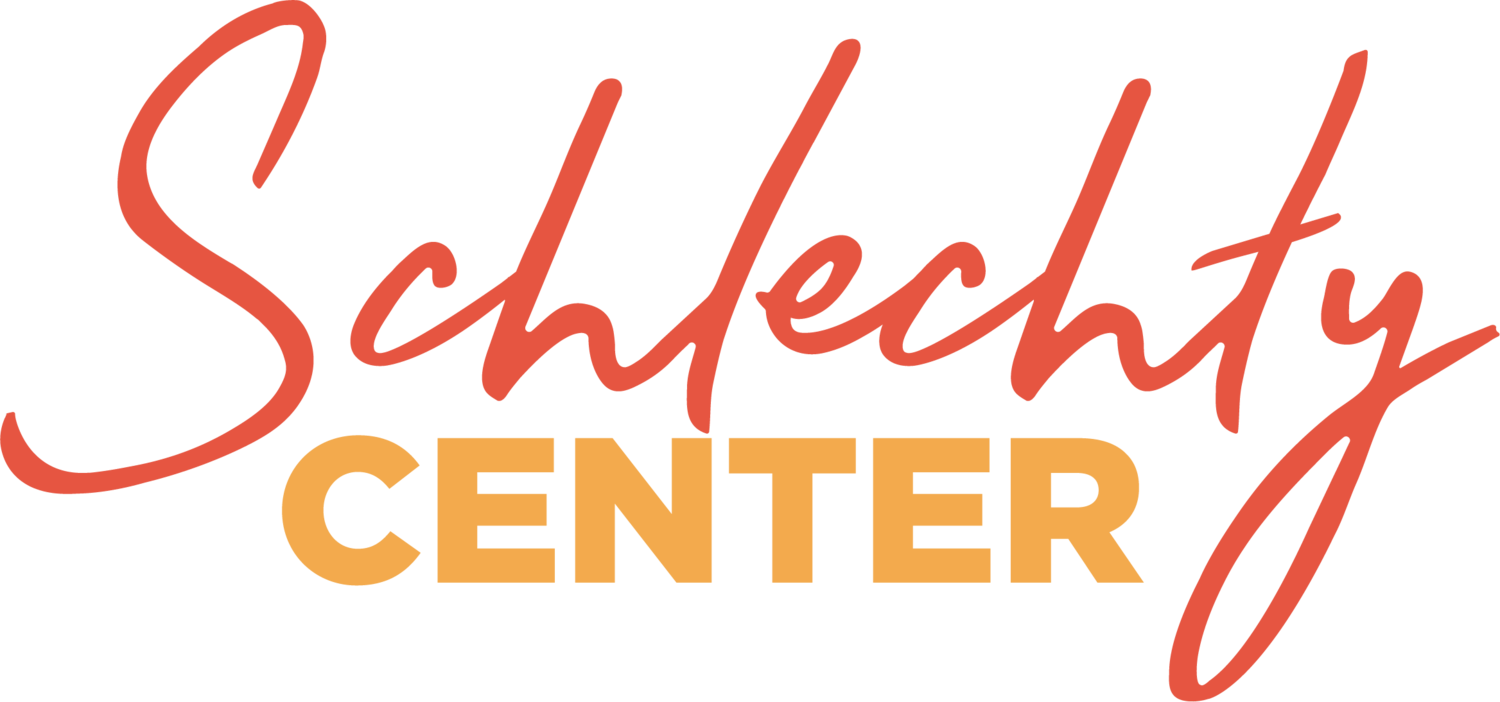Supporting and developing teachers has always been a core value at Tolles Career & Technical Center in central Ohio. Providing the right kind of support to teachers unaccustomed to connecting with students remotely became a top priority this school year due to the pandemic.
Jay M. Poroda, Assistant Superintendent at Tolles, and other district leaders set out to research resources and tools to build teacher capacity to deliver virtual instruction. “Our staff see themselves as facilitators of learning based on face-to-face interaction; we had to shift the paradigm to a virtual online learning,” said Poroda. Any tool, resource, or platform had to fit with the district’s Directional System. “The Schlechty Center’s Digital Engagement Series was a strategic fit for Tolles because the content, platform, and adaptability are consistent with what “we believe and value.”
“COVID caused us to reflect on our practice and to think about what we are doing every step of the way. And how teachers are designing work in a virtual environment,” Poroda said.
Tolles teachers appreciate the range of content offered in the modules and the ability to choose those modules that speak to their particular challenges in addressing students’ needs and motives. “For example,” Poroda said, “we asked all teachers to start with the Building Relationships at a Distance module, but since many students are struggling with schoolwork and social connections because of the pandemic, teachers began accessing the Designing with Social and Emotional Learning in Mind module.”
“We celebrate the fact that we have this phenomenal tool that models good practice and gives teachers tools they can use immediately in their classrooms, whether it be using a Padlet or Google Docs in unusual ways, or creating podcasts or screen casting or flipping classrooms,” Poroda said. “The asynchronistic aspects encourage teachers to be the curators of knowledge and to interact with the knowledge so that students find meaning and value.”
Engagement—finding meaning and value—is essential for teachers in developing knowledge and skills and to be engaged themselves. “We want our students to be engaged and have high-quality work; that requires that staff also be engaged, to be intentional about the work they provide students.”
Teachers provide regular feedback to district leaders regarding the value of the Digital Engagement Series. “Teachers thank us for this professional development, and they Tweet out how impressed they are with the series,” Poroda said. “It’s transformational,” he shared, “especially since most of Tolles’ teachers are not ‘technology natives.’” Everyone agrees they want to provide students with high-quality instruction. “We are forging ahead to rethink virtual tools to transcend learning from a repository of online worksheets. The Digital Engagement Series does that for us.”
Working with the Schlechty Center, Poroda collaborated with Ashland University to offer up to two graduate credits upon completion of the modules. He found this incentive increased levels of teacher engagement. “In many cases,” Poroda said, “teachers are more collaborative in professional learning communities and within departments than before the pandemic using the tools offered through the Digital Engagement Series.”
“It’s an amazing tool series,” Poroda shared. “I appreciate the proactive role of the Schlechty Center to respond to the need of school systems. It makes me proud to be part of the Center’s networks.”
To learn more about the Schlechty Center and the Digital Engagement Series, visit https://mailchi.mp/schlechtycenter/digital-engagement-series





